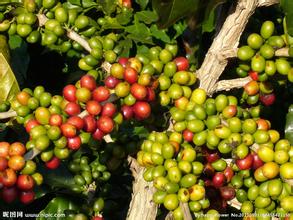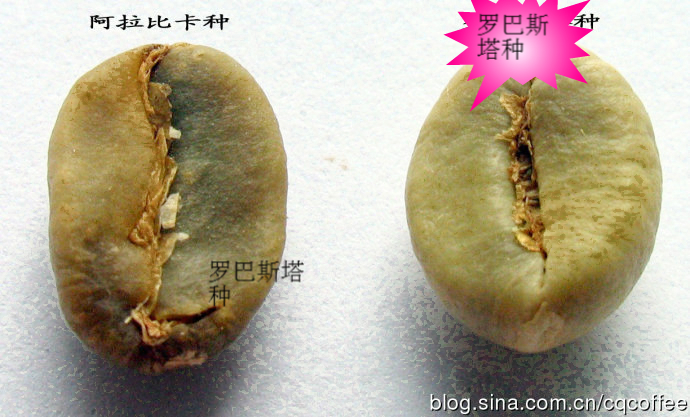World Classification of Fine Coffee beans: introduction to Arabica Coffee species
There are about 60 kinds of coffee, but there are mainly 2 kinds of coffee grown in large commercial areas.
1. Arabica.
2. Robasta species
If divided according to the cultivation area of these two kinds of coffee, then Arabica species account for 70% of the world's cultivation area, and Robasta species accounts for 30%.
This shows how important Arabica coffee beans are in the world! So we have to master the knowledge of Arabica beans.
Here is a detailed introduction to Arabica coffee beans related knowledge!! For your information only!
Chromosome 44.
The harvest period is 4-5 years, and the life span is 20-30 years (mainly depending on the growing environment and the care of the growers).
The flowering to fruiting period is about 9 months.
When the fruit ripens, it falls to the ground! (This is different from Robasta in that the beans remain on the branches after ripening).
Wild species grow at heights of 7-12 m. (If planted, the tree is about 2 meters tall for easy harvesting)
Deep roots.
The optimum growth temperature is 15-24 degrees.
The optimum annual rainfall is 1500-2000mm.
It grows in a mild and cool environment.
A single tree produces less beans.
70% of global production.
Most are organically grown.
Plantations are mostly private farms.
Most of the harvesting methods are manual harvesting.
Disease resistance (weak).
Caffeine content 1.1--1.7%
Result characteristics monogamy.
Fruit color (yellow) or (red).
The shape of the coffee bean (long round flat).
The lines of beans are S-shaped.
Coffee tastes acidic after cooking.
Cooked consistency 1.2%
Flavor (good) That's why Arabica beans are so popular!
Source:
Coffee instructor blog
Important Notice :
前街咖啡 FrontStreet Coffee has moved to new addredd:
FrontStreet Coffee Address: 315,Donghua East Road,GuangZhou
Tel:020 38364473
- Prev

World boutique coffee beans: an introduction to the types of world-famous coffee beans and their different producing areas
[introduction] Latin American Coffee beans (Central and South America) Brazil: Santos, Bahia, Cerrado, Mogiana Mexico: Coatepec, Huatusco, Eurizaba (Orizab Latin American Coffee beans (Central and South America) Brazil: Santos (Santos), Bahia (Bahia), Xi Xi
- Next

World Coffee Bean Classification: Robasta Coffee Bean Coffee. Robustra introduction
Robastian coffee (Coffee. Robustra): more precisely, C. canephora Robustra can produce robastian beans. Because of its poor taste, it contains 2-3 times as much caffeine as Arabica coffee (C.Arabica). It is usually used for the production of instant coffee and Arabica coffee (C.A) in the large coffee industry.
Related
- Guji coffee producing area of Guji, Ethiopia: Humbela, Shakiso, Wulaga
- What is the most expensive variety of Qiloso in BOP multi-variety group?
- How to store the coffee beans bought home?
- Why are Yemeni coffee beans so rare now?
- Ethiopian Sidamo all Red Fruit Sun Sun Santa Vini Coffee beans
- SOE is mostly sour? What does it mean? Is it a single bean? what's the difference between it and Italian blending?
- Is Italian coffee beans suitable for making hand-brewed coffee?
- How to choose coffee beans when making cold coffee? What kind of coffee beans are suitable for making cold coffee?
- Just entered the pit to make coffee, what kind of coffee beans should be chosen?
- Can only Japan buy real Blue Mountain Coffee? What are authentic Jamaican Blue Mountain coffee beans?

